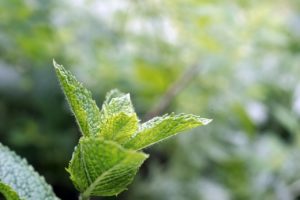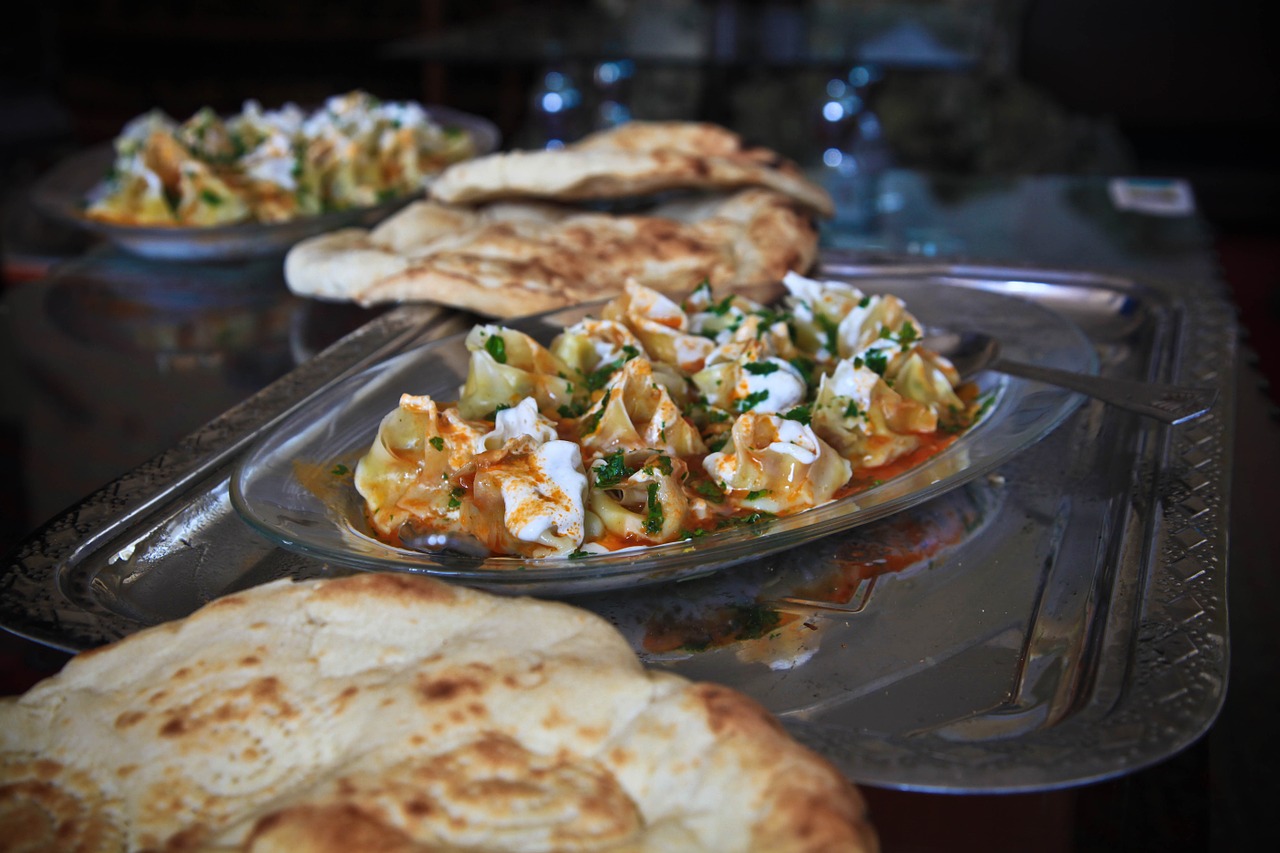While Afghanistan’s rich and flavorful cuisine is gradually becoming better known outside the country’s borders, it may still be some time before everyone is fortunate enough to have a delicious Afghan restaurant right around the corner from their home. However, if you’re a gourmand who doesn’t want to wait, don’t worry: many of Afghanistan’s tastiest dishes can be made at home with just a few extra additions to your regular shopping list. Read on for an overview of everything you’ll need to try your hand at making Afghan food at home.
-
Herbs, spices, and flavorings
 The complex flavors of Afghan cuisine come from the liberal use of herbs, spices, and flavorings. These seasonings are often used in dishes that need to be cooked for long periods of time, allowing the flavors to blend and deepen. Some of the most important seasonings to have in your pantry include:
The complex flavors of Afghan cuisine come from the liberal use of herbs, spices, and flavorings. These seasonings are often used in dishes that need to be cooked for long periods of time, allowing the flavors to blend and deepen. Some of the most important seasonings to have in your pantry include:
- Cardamom—A relative of the ginger family, cardamom is available in green, brown, or black pods. Cardamom adds a distinctive flavor to rice and curries. If you don’t have a way to grind spices yourself at home, you can also find ground cardamom in the spice section of your grocery store.
- Turmeric—Another member of the ginger family, turmeric is characterized by its deep, rich yellow color. Turmeric brings an earthy, peppery flavor to curry-style dishes.
- Mint—One of the most popular herbs in Afghan cooking, dried mint is often added during cooking or sprinkled over the top of finished dishes as a garnish.
- Rosewater—Distilled from rose petals, rosewater is commonly used to flavor many Middle Eastern dishes, especially desserts.
Other important herbs and spices that you probably already have on hand include cumin, cinnamon, pepper, ginger, and chilies.
-
Pantry staples
- Rice—The centerpiece of almost every Afghan meal is rice. Afghan cooks are very particular about the type of rice that should be used depending on the dish being prepared. Fragrant and delicately flavored basmati rice, which is probably the least processed variety you can find, is an absolute must-have for your pantry. If you have the space, you’ll also want an additional long-grain variety, as well as a short-grain type.
- Legumes—Dried legumes such as chickpeas, lentils, and split peas are a very popular and versatile ingredient in Afghan cooking. They are often used to “fill out” meat dishes, as they are less expensive than fresh meat. In addition, they can be served fried and salted, as well as coated with sugar as a sweet accompaniment for tea.
- Ghee—One of the most commonly used cooking fats in Afghan cuisine is ghee, or clarified butter. You can buy commercial ghee or you can make it yourself by simply melting a pound of unsalted butter over low heat in a saucepan and skimming away the milk solids as they separate. To ensure the ghee is as clear as possible, strain it through a cheesecloth before storing in a clean jar.
- Besan—Also known as “gram flour,” it is made from ground chana dal, a type of small chickpea. It is often used to make traditional Afghan bread.
-
Fresh ingredients
 Onions—Some form of onion can be found in just about every savory Afghan dish. Most dishes rely on a cooked onion mixture known as piaz e surkh kada, in which onions are finely minced and then cooked in plenty of oil until they are a deep golden brown color. Some Afghan cooks make up big batches of piaz e surkh kada in advance so it’s ready to use whenever the cook needs it. Many recipes also call for leeks, scallions, or a type of onion called “gandana” that looks similar to a leek and can be found in specialty markets.
Onions—Some form of onion can be found in just about every savory Afghan dish. Most dishes rely on a cooked onion mixture known as piaz e surkh kada, in which onions are finely minced and then cooked in plenty of oil until they are a deep golden brown color. Some Afghan cooks make up big batches of piaz e surkh kada in advance so it’s ready to use whenever the cook needs it. Many recipes also call for leeks, scallions, or a type of onion called “gandana” that looks similar to a leek and can be found in specialty markets.- Yogurt—Afghan cuisine makes extensive use of thick, natural-style yogurt as a thickener for curries and stews, as a base for sauces and dips, and even as a drink. Plain-flavored Greek-style yogurt is a handy option to keep in your fridge.
- Cilantro—Fresh cilantro—or coriander, as it’s also known—is used extensively in Afghan cooking, not only in cooked dishes, but also as a garnish or as a kind of chutney. It’s often referred to as “Afghan parsley”.
-
Equipment
- Sutak—Since rice is such an essential part of Afghan cuisine, it’s important to ensure that it’s properly cooked. A sutak is a thick cotton cover that’s placed either over a pot of just-cooked rice or between the pot and the lid during cooking. This helps to absorb excess steam and prevents the rice from sticking together or becoming gluey. One thick folded tea towel will work well as a substitute.
- Seekh—Kebabs, a beloved Afghan dish often made with chunks of lamb, are cooked over a charcoal grill using seekhs—long flat skewers made of stainless steel.

